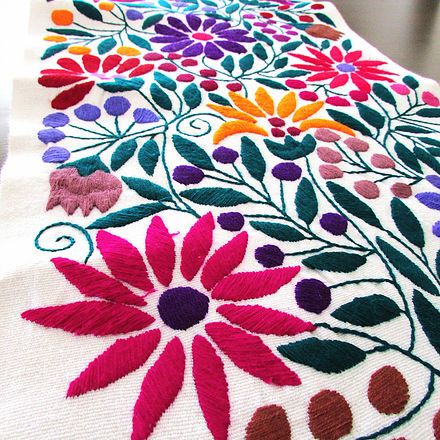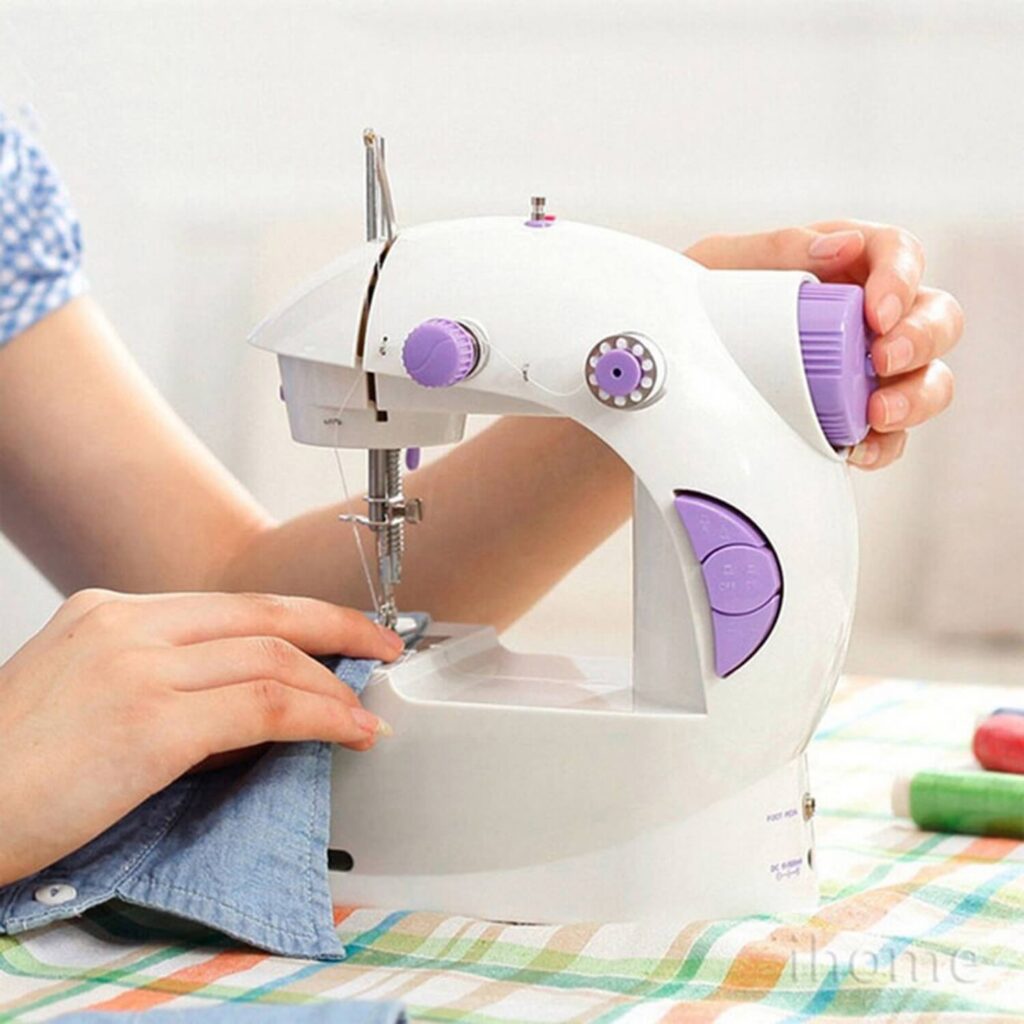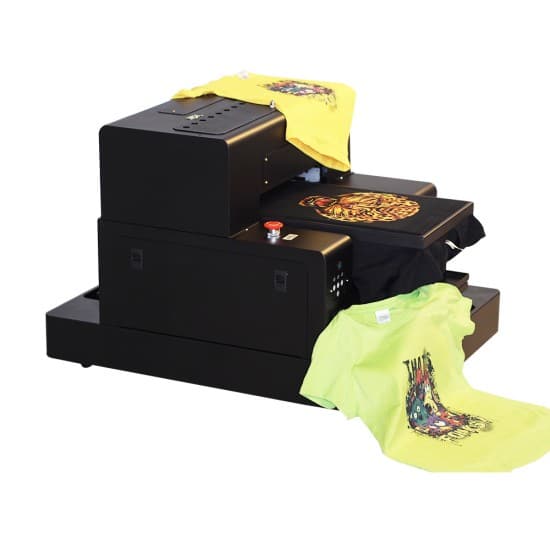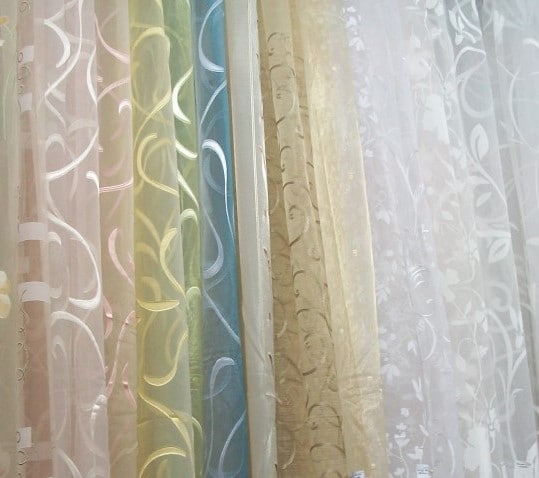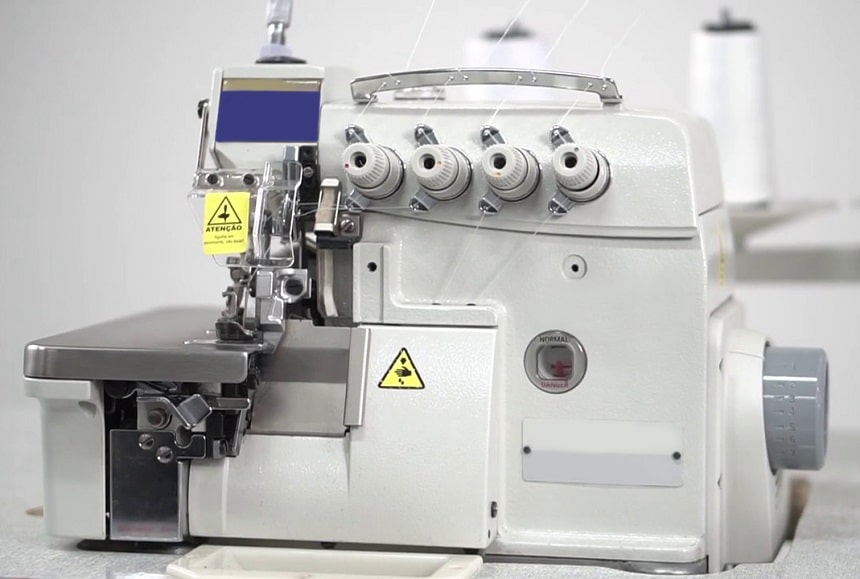

As any avid seamstress will tell you, properly maintaining your sewing machine is crucial to ensuring its lifespan. Aside from cleaning your machine and using the correct needles, the other important maintenance function is oiling regularly. But, if you’re new to the machine sewing game, you might be wondering just how to oil a sewing machine.
In today’s article, I’ll be discussing the importance and the procedure of oiling your sewing machine. I’ll also share steps to oil different sewing machine brands, because as you know, not all sewing machines are the same. Read on to see how easy it is to oil your sewing machine.
The primary purpose of lubricating your machine is to prevent friction damage between your machine’s moving parts. By limiting the friction between the different parts, you’ll minimize them grinding against each other and eventually wearing down.
The type of material you use and how often you use the machine will determine how often you should oil it. Fabrics like velvet, that “shed” pieces of lint, will require your machine to be cleaned and oiled more often.
Ensuring you have the right tools available to oil and clean your sewing machine will make the process simpler. I’d suggest getting a small bag or box to store the different items you’ll use for cleaning and oiling. This way everything you need is always together; it can be kept clean from dust and other particles and can be used without fuss at any time.
Ideally, you want to use the oil recommended by your manufacturer. Some brands offer their own branded oil for sewing machine maintenance. But other substitutes that can be used include the following:
Other tools that will come in handy include the following:
Read the instruction manual that came with your sewing machine. If you no longer have the manual, it should be available on the manufacturer’s website. The manual will tell you what parts should be removed, the easiest way to do it as well as where to oil sewing machine.
Prepare a flat work surface where the parts can be laid out, cleaned and replaced without risk of losing or dropping any. Ensure you have all your tools at hand.
Ensure the machine is switched off and unplugged. Following the instructions in your manual, you’ll want to take it apar one piece or section at a time. Clean each piece as recommended and with the tool required.
Remove extra components such as thread, bobbin cases, pressure foot and plates. You should also remove the machine needle to avoid injuring yourself or damaging the needle. Don’t brush if the instruction says wipe with a soft cloth. Remember that machine parts are delicate and could break easily if not handled correctly.
It’s important to remember that normal household oils such as WD-40 won’t work. Sewing machine oil has a different consistency.
The trick here is to work slowly. Follow the instructions in your manual and clean and oil each component and replace it before moving to the next. Use a few drops at a time. Inspect each component to ensure there isn’t any damage before replacing it.
Wipe away any excess oil after replacing each part. Run muslin through the machine to ensure there’s no oil on the parts touching the thread or fabric.
Since not all sewing machines work the same, it’s only fair to assume they don’t all get oiled the same way. Let’s have a look at oiling different sewing machine brands.
Simple steps on how to oil a Singer sewing machine:
This easy-to-follow oiling method will apply to all Singer models including the Singer 4423 sewing machine, which has often been described as the best singer sewing machine to use!
Easiest method on how to oil a Brother sewing machine:
Four easy steps explaining how to oil a Kenmore sewing machine:
The process for how to oil a Janome sewing machine is slightly different. In general, Janome machines only require a small drop of oil to be placed on the wick situated under the bobbin case. For other lubricating, the machine must be taken to a reputable dealer for a thorough service.
Models such as the Janome C30 not only feature computerized buttons for easy reverse and locking stitch but require very little at-home maintenance. Consult your manual for accurate instructions.
The process of how to oil a Babylock machine isn’t like many of its other sewing machine counterparts. Babylock machines have a restriction on oiling. Their user manuals state that the machines shouldn’t be oiled by home users. This is because their sewing machines are designed with the right amount of oil already inside. Refer to the user manual as well as your local dealer for queries.
Three easy steps for how to oil a Bernina sewing machine:
How to oil a Juki Industrial sewing machine:
With the simple steps I’ve shared, oiling your sewing machine should be a breeze. Always consult your manufacturer’s manual and ensure you have the correct type of oil and tools. Before you know it, you’ll know everything there is to know about how to oil a sewing machine!
